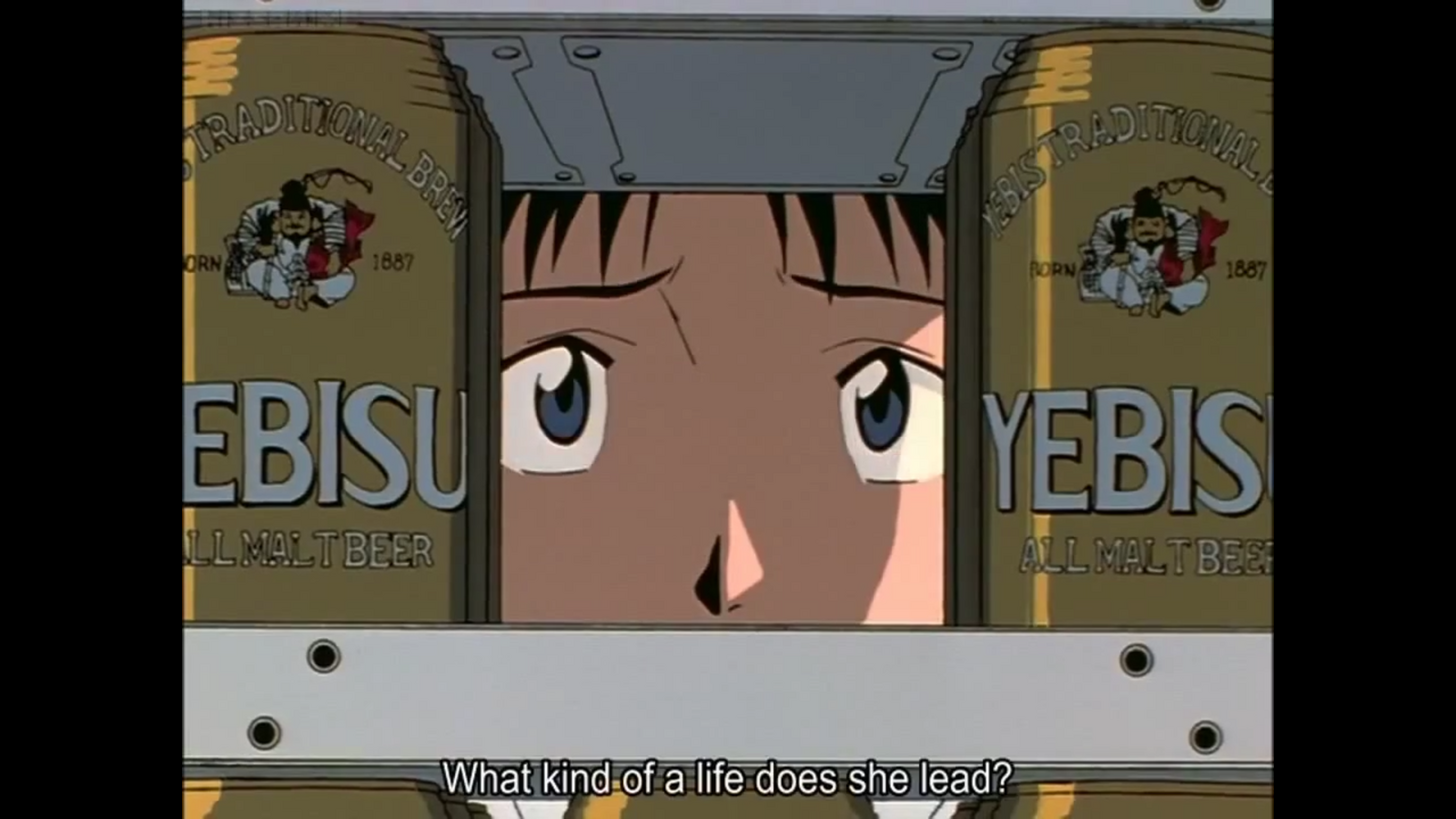Wokeness Inequity Is Destroying America
Did you know that the top 1% are responsible for over 90% of all woke tweets, posts, and tiktoks, while the next 10% account for only 9%? In the frenetic post-memetic socio-capitalist wokeonomy of today, the woke are getting wokier, while the mass social karmically-poor are struggling to virtue signal fast enough to keep up with ever-accelerating outrage inflation.
In this post, we discuss the causes and historic drivers of wokeness inequity in America, its effects, and possible solutions.
A Sustained Pattern
America experienced tremendous, historical woke growth in the past few decades. Total Domestic Wokeness (TDW) grew by well over 80% year-over-year on a sustained basis in the decade from 2010 to 2020, and America's share of global wokeness grew from 6% to 73% during that same decade. A record 16,500 topics were eliminated from the Overton window, according to research done by UNIWPC.
Despite this abundance of wokeness, more sheeple than ever are falling below the social karma poverty line -- 10 likes/retweets/creepy DMs per day. The reason for this is simple: the increase in wokeness has not been distributed equitably. The average wokeness per woking household has stayed roughly flat since 1970 in real terms (that is, after adjustment for outrage inflation), and what gains do exist have accrued to the top wokers.
Despite calls from top wokers that the bottom 90% should "just woke themselves up by their bootstraps", the political reality is that it is often impossible for woking Americans to accumulate any amount of wokapital. In 1970, a household needed to espouse only an average of 2.1 woke ideas to be in the top quintile, whereas today, even 20 woke memes would barely land that same household outside the lowest quintile.
Wokeness Inequity Affects Everyone
As a result of this, the woke and the woke-nots are often at odds with each other. Toxic, weaponized wokeness is increasingly more common, leading to intolerance and brutality against the less woke. Those who self-identify as unwoke receive proportionally far less representation amongst the college educated, in high-income vocations, and in political office. This results in less diversity in the work place and in public discourse.
More perniciously, these effects are often inter-generational. Compared with just one generation ago, Americans are far less likely to achieve wokeness mobility. What the woke fail to account for is to what degree their their wokeness is impacted by woke privilege. By far, the largest predictor of an individual's wokeness later in life is the socio-economic class of their parents, estimates George Georgeson, the director of Center For Wokeness Equity, who was not consulted for this article because he does not exist.
How You Can Help
If you would like to see more woke people in the world, the most effective thing you can do today (besides donating to the Woke Institute For A Better America by paypalling this address) is to become more bigoted. The simple truth about wokeness is that it is a finite resource. Wokeonomist magazine projects only 1% total global wokeness growth during the next decade, and a survey by the same found that 78% of analysts predict peak wokeness within the next 3 years, with a siginificant fraction even going as far as asserting we have already hit peak wokeness.
In other words, there is only so much wokeness to go around, so to get more people woke, you have to leave some outrage for others to pick up. Even better if you can produce more than you consume. George Georgeson recommends incorporating some of the following into your daily routine:
use a word that sounds suspiciously like but isn't actually a racial slur
mansplain something to a coworker (anyone can do this regardless of gender)
consume products whose production necessitates and perpetuates systemic social injustice, cruelty, and malice, such as any electronics, any meat, or any media
If wokeness equity is important to you, you owe it to yourself and to all the woke-poor to increase bigotry in the world by following these simple steps before the wokeness equity police cancels you. Please join me and the Woke Institute For A Better America; together, we can end wokeness inequity by making everyone a bigot.




